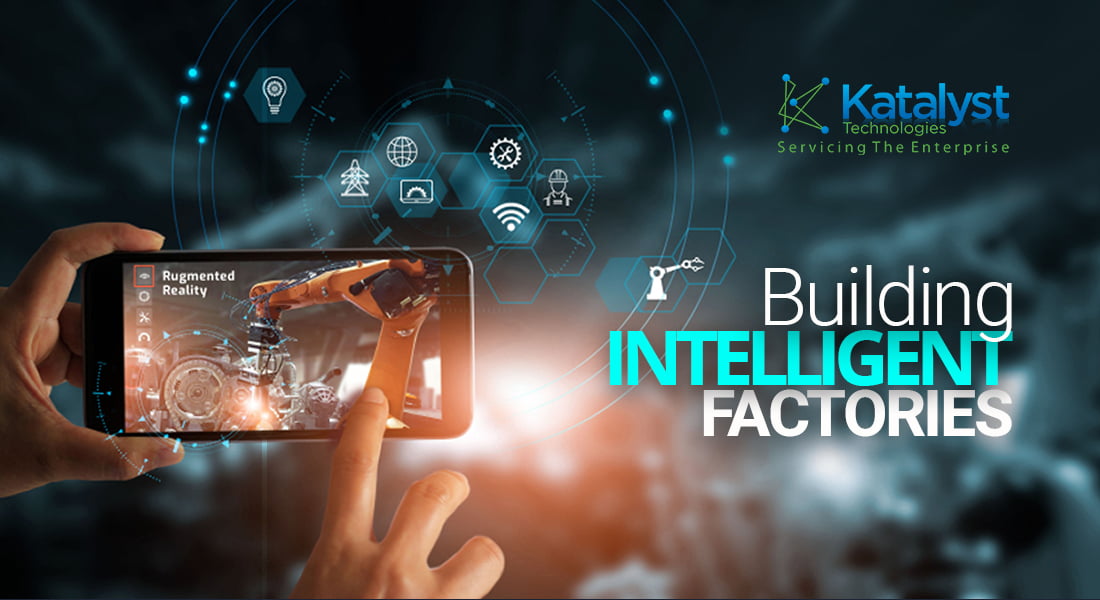
New smart technologies, such as the cloud, are positively impacting the manufacturing industry of today and tomorrow. Discover how cloud computing can help you build a future-proof intelligent factory for your enterprise.
A new industrial revolution is on the verge, transforming the way we operate in manufacturing, business, and society as a whole. This new era, known as Industry 4.0, is characterized by a range of modern technologies that are merging the physical, digital, and biological worlds to improve processes across the production chain. This shift towards smart manufacturing has resulted in a widespread growth of intelligent factories around the globe.
Driving this revolution further is the cloud. As a pioneering technology of this generation, cloud and edge computing are essential for connecting manufacturing processes and exchanging data in an intelligent, efficient, and sustainable way.
When paired with augmented machines, the cloud’s seamless web connectivity capabilities make for a smooth transition to a smarter factory. To help you stay ahead, we’re revealing what an intelligent factory is, and, most importantly, how the cloud can help you build a smarter factory.
What is an Intelligent Factory?
According to the National Institute of Standards and Technology, intelligent (or smart factories) are a “fully integrated and collaborative manufacturing system that responds in real-time to meet the changing demands and conditions in factories, supply network, and customer needs.”
Fueled by big data, sensors, artificial intelligence, and network technology, an intelligent factory can connect different aspects of a factory using a smart software system. This type of environment leads to precise execution, condition sensing, independent decision-making, real-time analysis, and constant self-learning within the manufacturing chain. These are the possibilities of the future of the cloud.
As a company, these benefits vastly improve the ability to control production processes. For example, a smart factory can improve human-machine coordination and collaboration. You can also reduce human participation in inefficient areas of the production line. Intelligent factories can even help you achieve green production systems that are focused on attaining high efficiency, low costs, and high quality.
By achieving an intelligent production system, your production process can be tailored to meet your goals and needs. Building a smart factory is a crucial step to achieving successful manufacturing for your enterprise.
How Does the Cloud Drive the Intelligent Factory?
In an intelligent factory, the cloud platform is utilized to integrate existing manufacturing resources and capabilities and transition them from offline to online. To achieve this transformation, the factory should deploy a cloud-enabled architecture, particularly one on the edge.
Edge computing is a new type of cloud architecture which brings computer and data storage closer to the location where it is needed. A powerful advantage to this solution is that the devices do not depend on the cloud. Thus, they can disconnect from the internet and stand alone when needed.
But when they do connect, they will synchronize data and receive enhanced capabilities if the cloud is also generating. The cloud uses the data to update edge algorithms, achieving cloud intelligence on the factory floor.
So, why does this all matter? Although the concept of bringing cloud intelligence to the factory seems futuristic, the technologies of the cloud are rapidly advancing. According to Microsoft, the possibilities for much more powerful and intelligent edge computation will be even more extensive in the upcoming years.
If you’d like to transition towards a smarter factory, contact Katalyst Software Services Limited for their engineering and manufacturing services.

